‘More than you think’: Truth about Australia’s secret serial killers
Experts say there are “thousands” of active serial killers roaming free in the world. But how many are in Australia? The terrifying truth might surprise you.
When I ask you to imagine a serial killer, what kind of character comes to mind?
Thanks to Hollywood, we might think of them as monstrous and terrifying beings, lurking around every corner, thirsty for blood and ready to strike at any moment.
They are easily spotted in film: think Halloween’s Michael Myers brandishing a butcher knife, Steven King’s Pennywise clutching his crimson balloon, or Scream’s iconic Ghostface donning that chilling white mask.
While these figures can make our blood run cold, we find solace in the fact that they’re cinematic personalities, conjured up by zany screenwriters to give us a thrill.
But it is when we think of the real-life monsters, the killers that walk among us, that we realise how truly unsettling our off-screen realities can be.

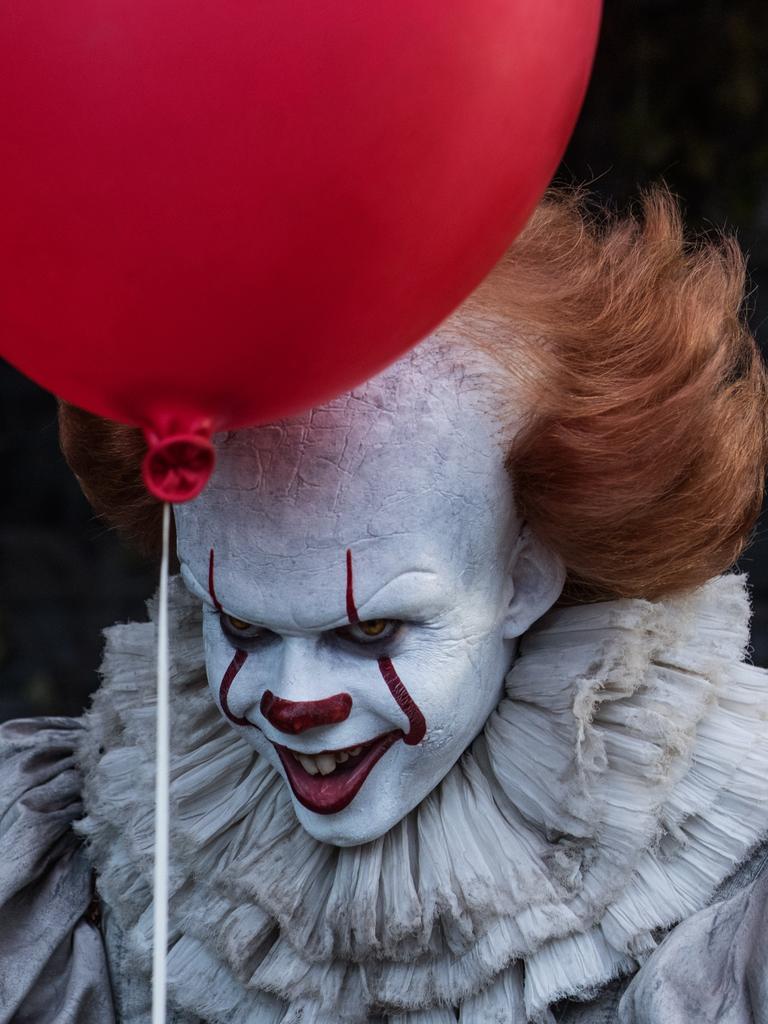
It has been said that the average person unknowingly walks past 36 murderers in their lifetime.
Think about the stranger who you brushed shoulders with on the bus, the person standing in front of you in line to grab a coffee, or the passenger who sat down next to you on a plane.
Could one of them be a savage serial killer yet to be caught? Would you know if you were staring into the face of evil?
Some experts believe there could be “thousands of active serial killers” around the world right now, committing the most heinous of crimes and going completely under the radar.
But could any of these terrifying figures be lurking in Australia?
With our pristine beaches, eternal sunshine and laid-back way of life, one might not think of this country as the typical backdrop for a dark, terrifying slasher flick (unless of course you’re a backpacker whose car has broken sown somewhere near Wolf Creek National Park …).
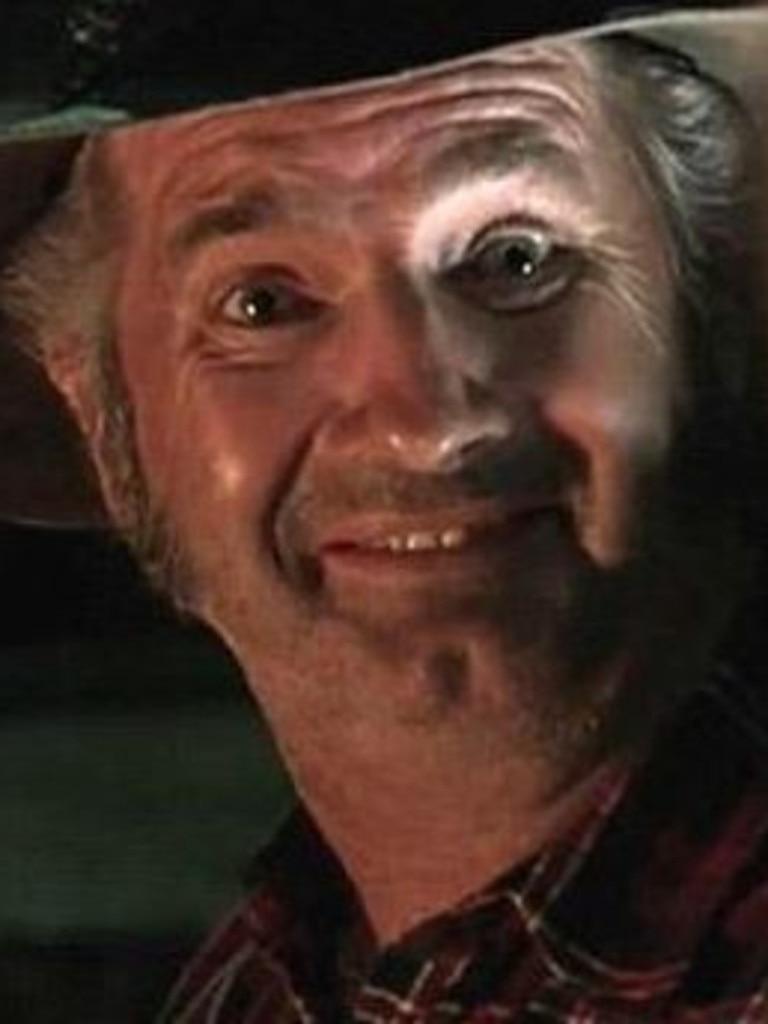
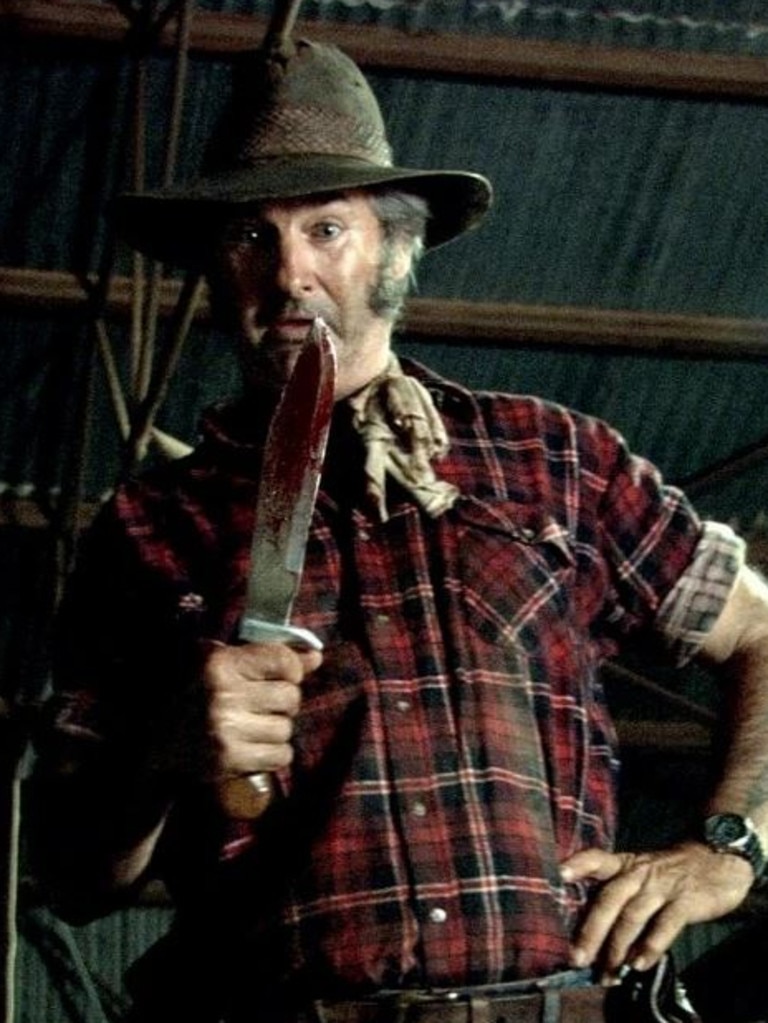
However, the truth might surprise you.
Experts believe there could actually be a number of serial killers dotted around Australia right now, going completely undetected and walking freely among us.
Former detective Luke Taylor told news.com.au that due to 95 per cent of our great southern land being uninhabited, the chance of a few scary folk lurking around is rather high.
“It is common to think that Australia has a low rate of serial killers in comparison to other developed countries,” Mr Taylor said.
“While we have had our Snowtown and Ivan Milat incidents, they are relatively rare … or so we think.
“Do we have serial killers out here? It is likely. With 95 per cent of our land uninhabited, what are the chances of coming across a well concealed burial site?
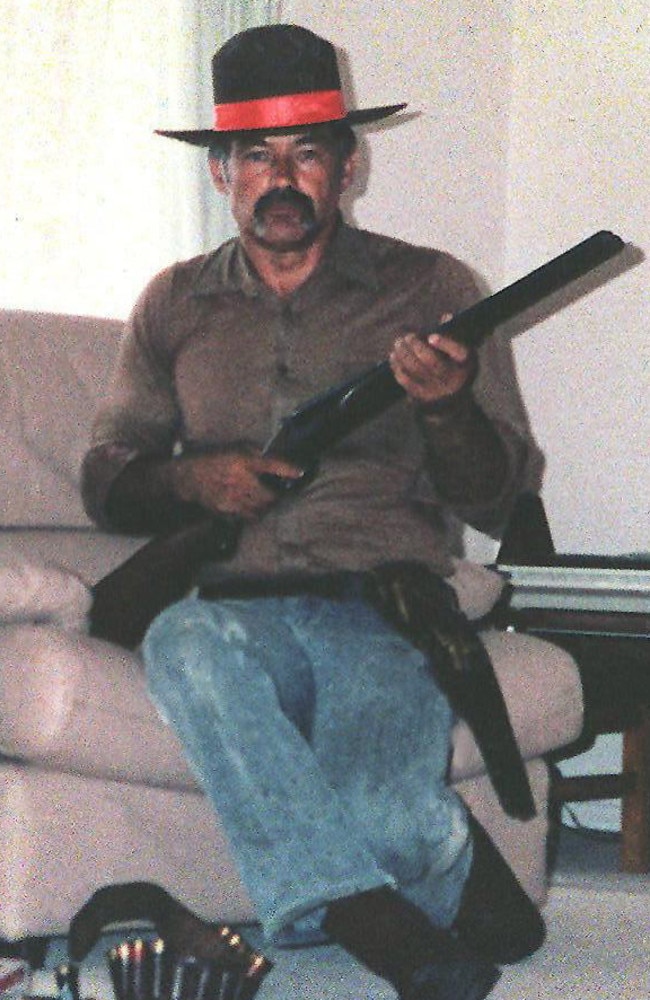
“How many more of Milat’s victims are out there? Missing person cases continue to remain high despite social media interaction.
“Disposed bodies are generally placed downhill from a vantage point, so that the killer can return to check if the remains are disturbed at a later time, as well as gravity assisting with the dumping of the body.
“They are also, on average 5-7 metres from an establish trail, road or path. So as you drive along the highway out of Sydney or Melbourne, think to yourself, what are the odds that anyone has walked that exact location lately?
“What if they just went that bit deeper into the bush or uphill? When you walk a bush track on a hill, you only ever look down because that is where the fall danger is.”
Catching you up on all the crime news you’ve missed. Listen to the latest episode of the True Crime Cheat Sheet podcast here
Mr Taylor also offered some insight into what type of person a serial killer might be.
“Serial killers are often diagnosed as psychopaths or sociopaths, many can be high functioning and intelligent,” he explained.
“The lack of empathy that exists and loner tendencies also assist in the ability to refrain from advertising or discussing their kills.
“It is also a contentious issue on how we actually categorise a serial killer throughout the world.
“It has been popularised by media and entertainment with colourful depictions of ‘trophy collectors’ and by what law refers to as “tendency and coincidence” evidence, which is a form of circumstantial evidence based on the ‘strikingly similar actions’ of repeated actions and recidivist offenders.
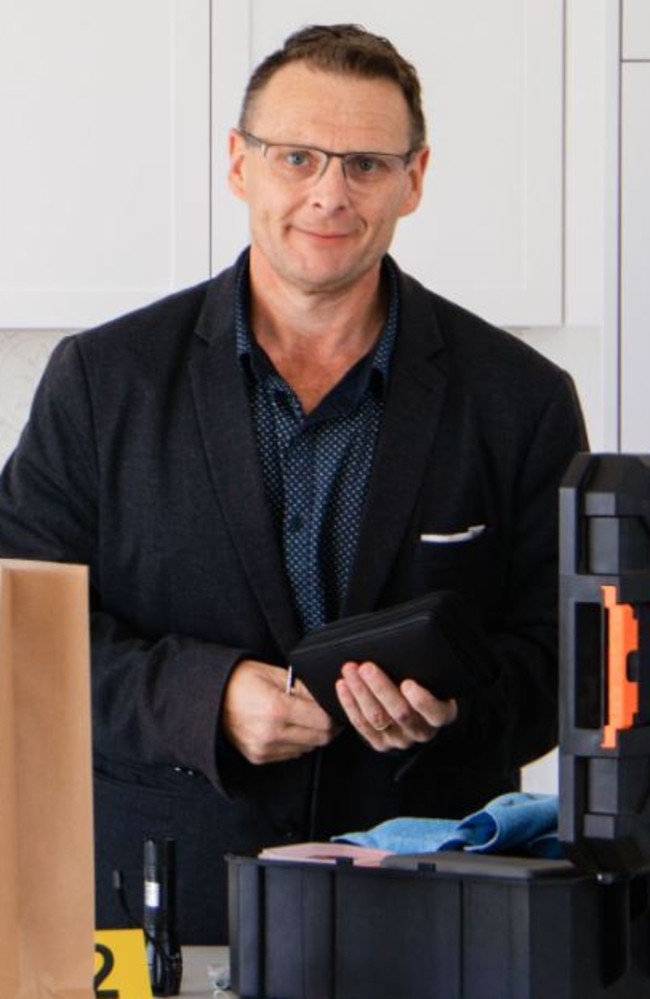
“Serial killing can be geographical, personal, trait based, sexual. They are predatory and rarely random, perhaps except for the initial killing or attempts.”
With hundreds of homicides going unsolved over the years, the potential for some of these cold cases to be linked to one person is a possibility.
On the True Crime Cheat Podcast, hosts Nina Young and Bek Day chat to criminologist Dr Xanthe Mallett about the topic of undetected serial killers down under.
“I would be very surprised if in Australia today we don’t have a serial killer active,” Dr Xanthe said.
“You know, we have all sorts of people missing and when the bodies are not discovered, it’s very difficult to link crime.
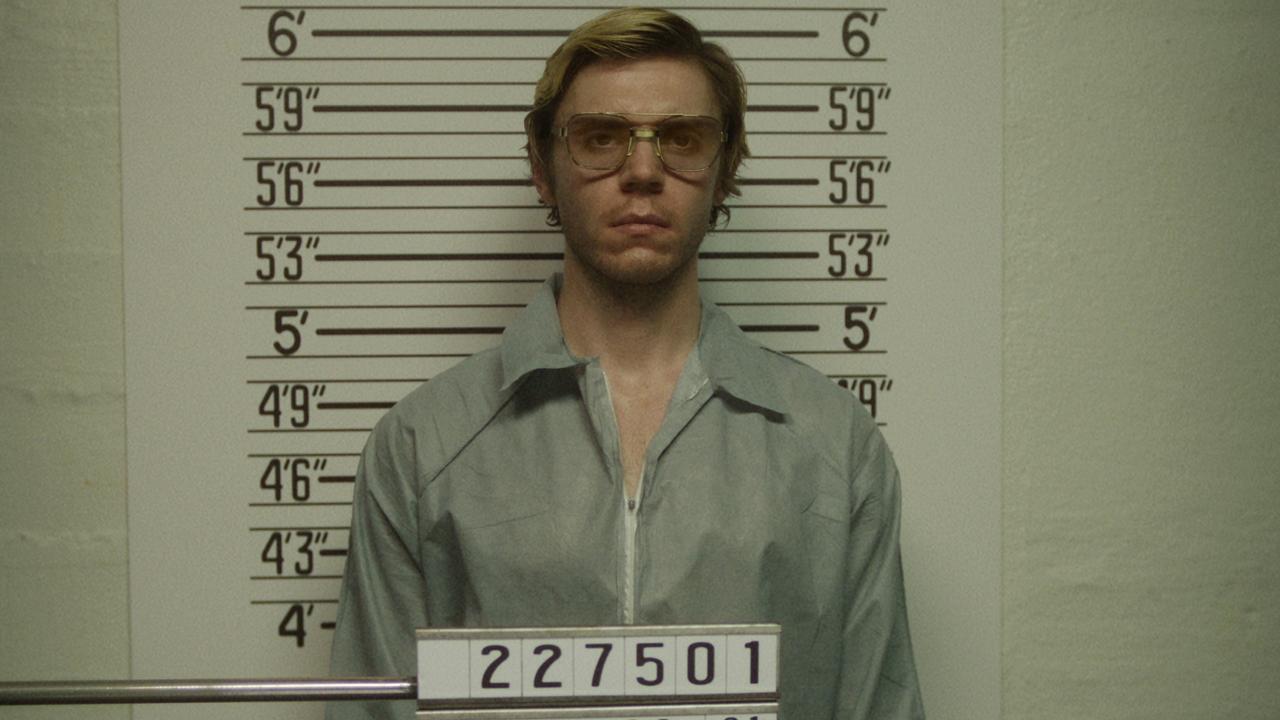
“So what we can really do is look at the behaviour of the potential offenders, see if there’s any kind of links to people that we know that may have been in the area.
“You know, like with Ivan Milat for example, we saw the pattern of victims were targeted in a certain geographical space.
“So I absolutely think there are other serial offenders, serial killers at work in Australia today, and those cases have simply not been linked.
“And where bodies have not been discovered, that’s particularly problematic.
“Do I think that all of the current unsolved murder cases are committed by individuals? No, I think that’s highly unlikely.
“I think there are some people out there that have killed more than one person and have not yet been caught.”
Dr Mallett also stated that the likelihood of serial killers in Australia is “probably more prevalent than we think”.
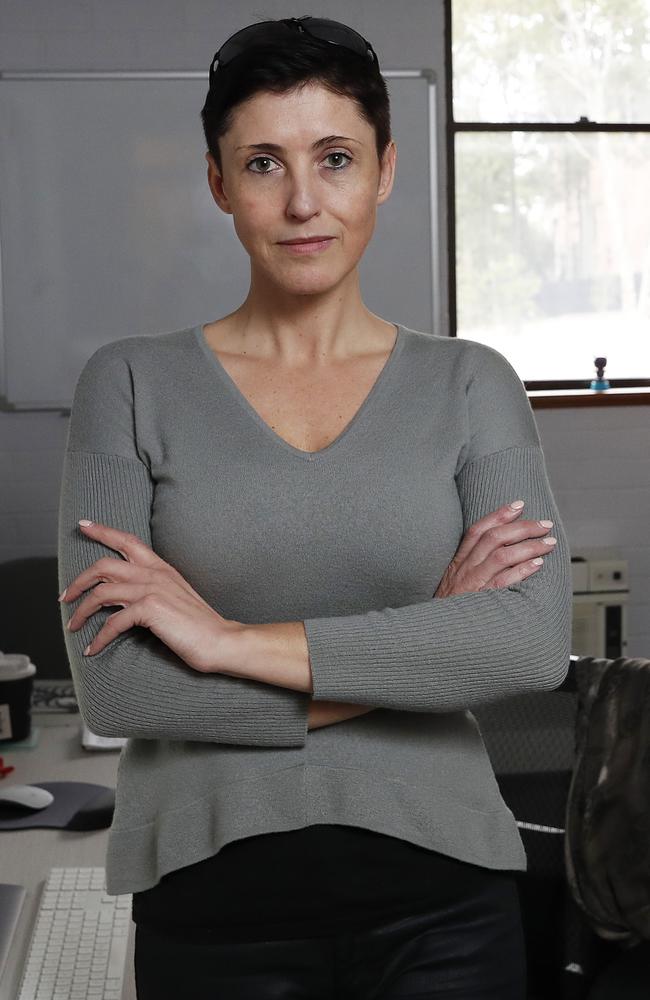
She went on to discuss how crime occurs and how differently it can be treated in vulnerable populations, such as Indigenous women and sex workers
“I actually think that it is probably more prevalent than we think,” she said.
“And I think lots of things are happening. Some of these were in remote communities that are just now being tied together.
“You know, you have Indigenous women going missing that are not taken seriously by police.
“They’re never found. Who knows what’s happened to them.
“Some of them may have decided to disappear intentionally on purpose.
“You know, we have a number of missing persons reports of people who’ve chosen to go missing for all sorts of reasons, but a number of them won’t have chosen to go missing.
“I think I think there are more [murders] out there than we have actually acknowledged.”
If you have information about a crime, contact Crime Stoppers on 1800 333 000.






